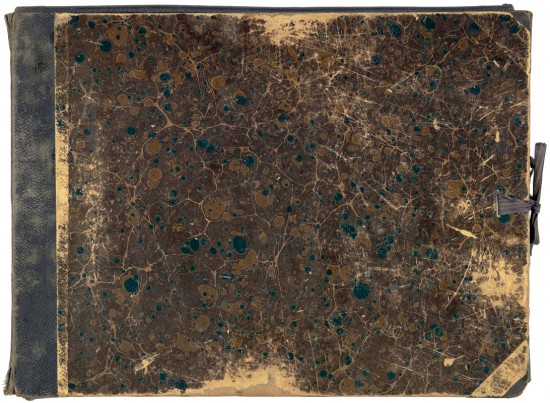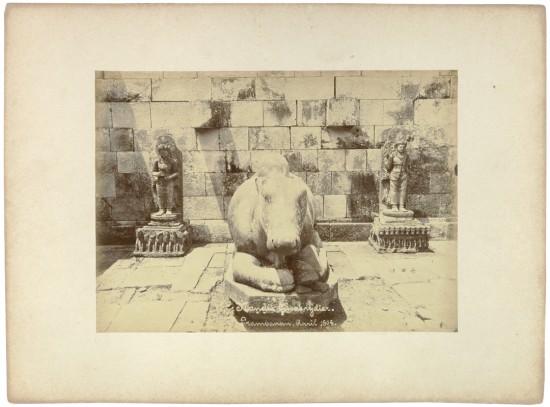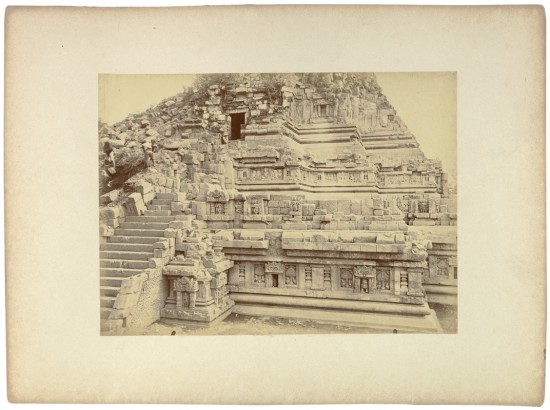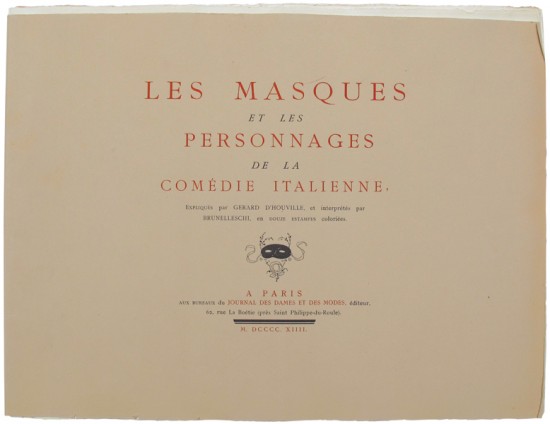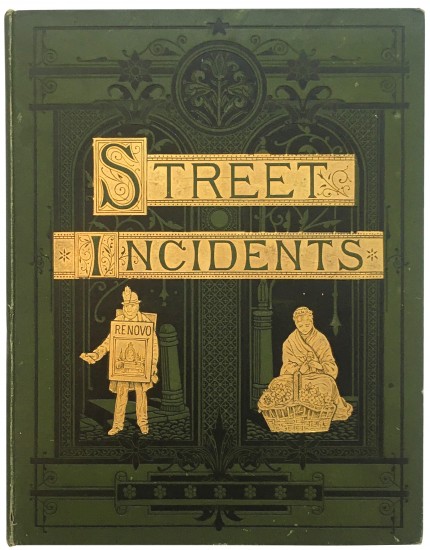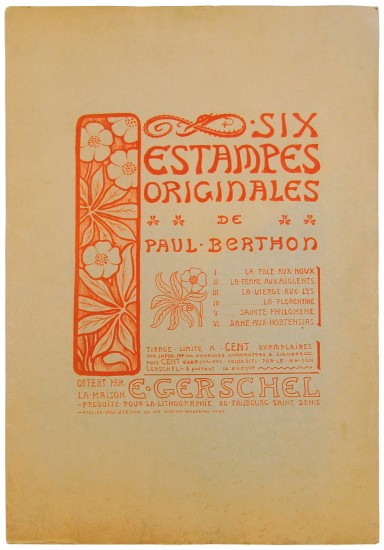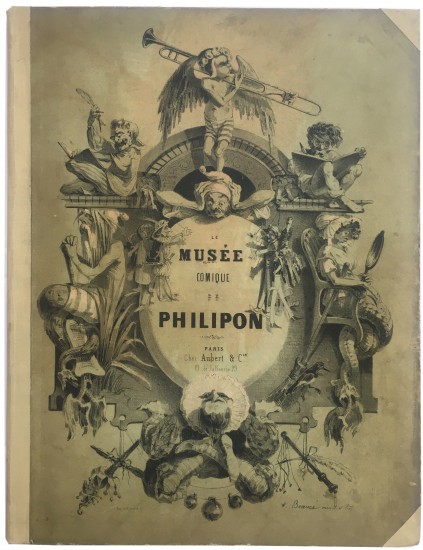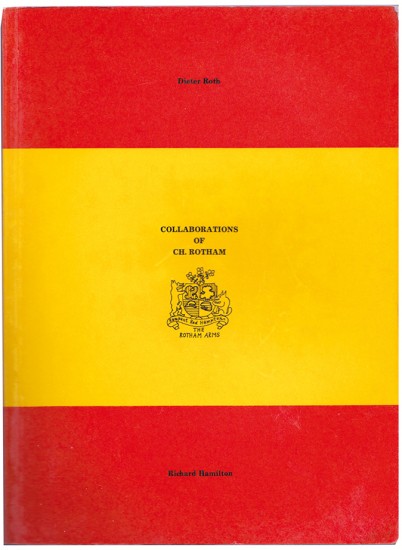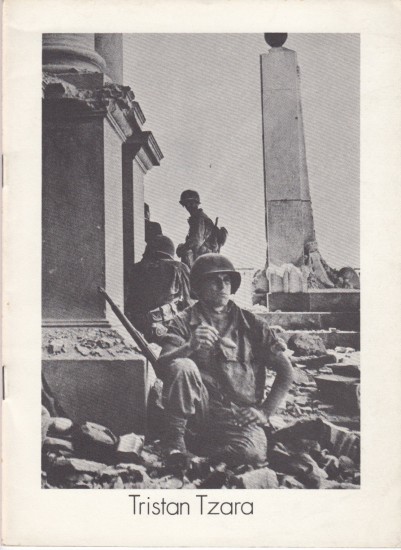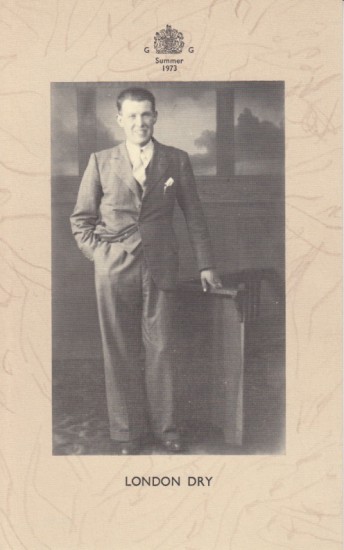Photografifen van Tjandi Brambaman (Candi Parambanan)
Cephas, Kassian
(Jakarta). c.1895
Sold
A rare collection of original photographs - by the first professional Indonesian photographer Kassian Cephas - of the Hindu temple at Candi Prambanan.
Kassian Cephas (1845 - 1912), the Javanese photographer to the Court of the Sultanate of Yogyakarta and the first professional Indonesian photographer, was commissioned to photograph Candi Parambanan, also known as 'Roro Jonggrang' ('slender maiden'), as part of the study by the Archaeologoische Vereeniging of the architectural cultural monuments in Central Java. First reported in 1733, Candi Parambanan was investigated for the first time under the Governor Generalship of Stamford Raffles but it was not until the late nineteenth century that the temple received systematic attention from J. W. Ijzerman, the first president of the Archaeological Association of Yogyakarta. Cephas, who had previously published photographs of Javanese dancers in 'In den Kedaton te Jogjåkartå' was commissioned to undertake photographic documentation of the site, with Ijzerman and his assistant Groneman directing restoration and excavation.
Candi Parambanan is the largest Hindu temple of central Java and was constructed to mark the return to power of the Sanjaya Dynasty (a Hindu dynasty) after nearly a century of dominance by the Sailendra (a Buddhist dynasty). A desire to rival the large Buddhist temples of Borobodur and Sewu, constructed nearby by the Sailendra, is also thought to be a reason for the building of Prambanan. A temple with elaborate reliefs depicting the Ramayana and dedicated to Shiva was first constructed at the site in 850 A.D. - an indication of the grandeur of the project lies in the fact that the course of the River Opak was altered during the work - and the complex was expanded by subsequent rulers with temples dedicated to Vishnu and Brahma added, until the entire court was moved to east Java on the founding of the Isyanan Dynasty in the following century. The foundation of the new dynasty was also the start of the slow decline of the temple complex and its eventual abandonment; a major earthquake in the 16th century caused the temples to collapse while the complex, with its statues and ruins, became the source of legend.
The photographs in this collection show general views of the temple complex, as well as more detailed images of the frescoes and bas-reliefs (the majority of the photographs) and the surviving temple statuary. Two plates depict Cephas himself, seated and standing at the entrance to a temple and in one, workers can be seen excavating at Cephas' left. Many of the images are numbered, but at least three numbering systems appear to have been used (there are two plates numbered '50' in different styles and many plates bear no number); several of the images feature exposed captions in the image and most of these are given the additional details 'Prambanan' and are dated 'Avril 1895'.
Kassian Cephas (1845 - 1912), the Javanese photographer to the Court of the Sultanate of Yogyakarta and the first professional Indonesian photographer, was commissioned to photograph Candi Parambanan, also known as 'Roro Jonggrang' ('slender maiden'), as part of the study by the Archaeologoische Vereeniging of the architectural cultural monuments in Central Java. First reported in 1733, Candi Parambanan was investigated for the first time under the Governor Generalship of Stamford Raffles but it was not until the late nineteenth century that the temple received systematic attention from J. W. Ijzerman, the first president of the Archaeological Association of Yogyakarta. Cephas, who had previously published photographs of Javanese dancers in 'In den Kedaton te Jogjåkartå' was commissioned to undertake photographic documentation of the site, with Ijzerman and his assistant Groneman directing restoration and excavation.
Candi Parambanan is the largest Hindu temple of central Java and was constructed to mark the return to power of the Sanjaya Dynasty (a Hindu dynasty) after nearly a century of dominance by the Sailendra (a Buddhist dynasty). A desire to rival the large Buddhist temples of Borobodur and Sewu, constructed nearby by the Sailendra, is also thought to be a reason for the building of Prambanan. A temple with elaborate reliefs depicting the Ramayana and dedicated to Shiva was first constructed at the site in 850 A.D. - an indication of the grandeur of the project lies in the fact that the course of the River Opak was altered during the work - and the complex was expanded by subsequent rulers with temples dedicated to Vishnu and Brahma added, until the entire court was moved to east Java on the founding of the Isyanan Dynasty in the following century. The foundation of the new dynasty was also the start of the slow decline of the temple complex and its eventual abandonment; a major earthquake in the 16th century caused the temples to collapse while the complex, with its statues and ruins, became the source of legend.
The photographs in this collection show general views of the temple complex, as well as more detailed images of the frescoes and bas-reliefs (the majority of the photographs) and the surviving temple statuary. Two plates depict Cephas himself, seated and standing at the entrance to a temple and in one, workers can be seen excavating at Cephas' left. Many of the images are numbered, but at least three numbering systems appear to have been used (there are two plates numbered '50' in different styles and many plates bear no number); several of the images feature exposed captions in the image and most of these are given the additional details 'Prambanan' and are dated 'Avril 1895'.
Oblong folio. (335 x 248 mm). 60 albumen print photographs printed in sepia, each mounted to larger sheets of stiff card recto only; mount size: 245 x 330 mm (or the reverse); image size: 160 x 220 mm (or the reverse). Loose as issued in original publisher's marbled board portfolio, printed title label to spine.
#42262
